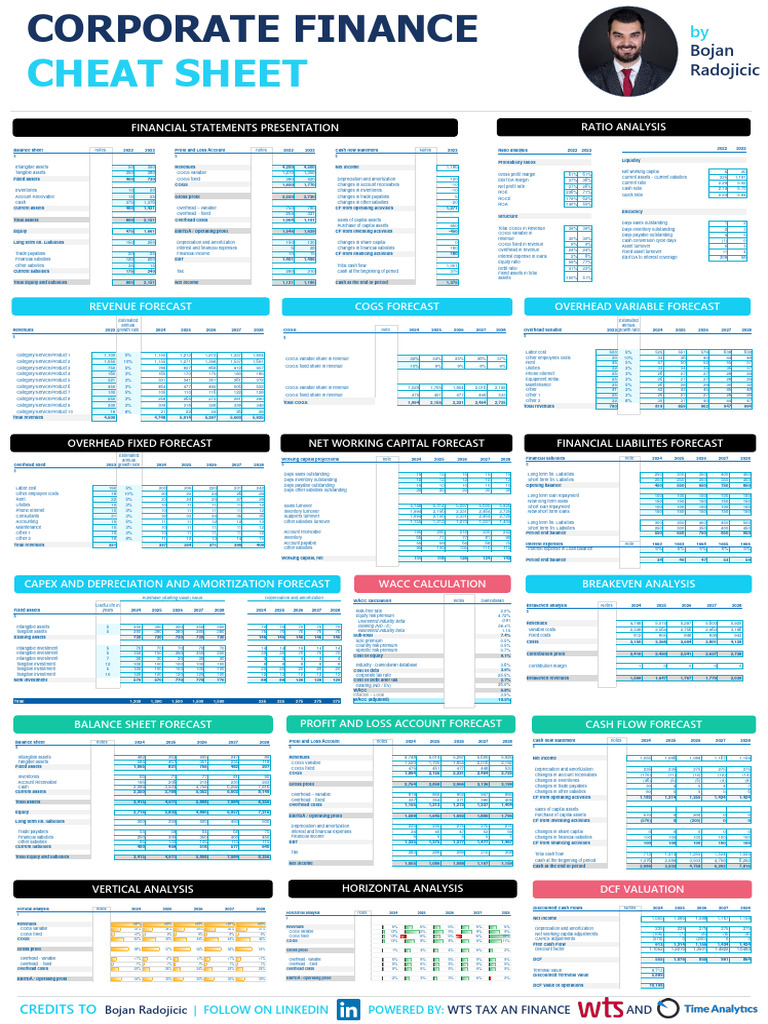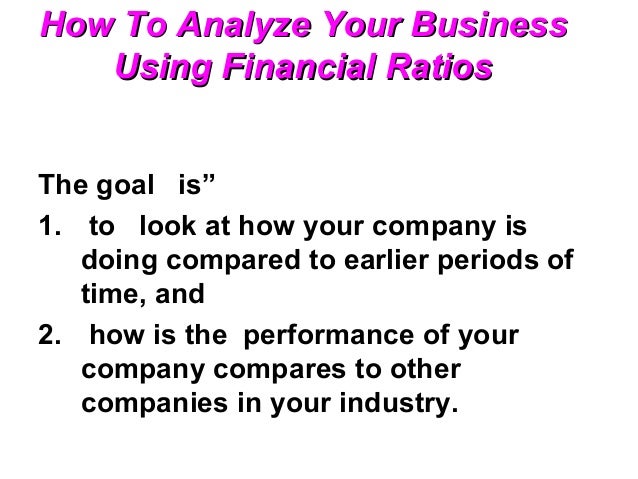5 Ways to Perform a Company Finance Check

Company finance checks are crucial for understanding the financial health of a business, whether you are an investor, a potential partner, or even an employee. These checks help assess stability, profitability, and potential risks. Here, we delve into five effective methods to perform a thorough financial analysis of a company, ensuring you make informed decisions.
1. Financial Statements Review

Analyzing a company’s financial statements is one of the most straightforward and informative methods. These documents include the income statement, balance sheet, and cash flow statement. Here’s what you can glean from each:
- Income Statement: Shows the company’s revenues, expenses, and net income. Look for trends in profitability, gross margins, and operational efficiency.
- Balance Sheet: Provides a snapshot of the company’s assets, liabilities, and shareholders’ equity. Check the debt-to-equity ratio, liquidity ratios, and how assets are funded.
- Cash Flow Statement: Reveals how cash enters and leaves the business. Pay attention to operating activities, investing activities, and financing activities to understand the company’s liquidity and financial flexibility.
💡 Note: Ensure you are comparing the current financial statements with previous periods or industry benchmarks for a more comprehensive analysis.
2. Ratio Analysis

Financial ratios distill complex data into simple, comparable numbers. Here are some key ratios:
| Ratio | Formula | What it Tells You |
|---|---|---|
| Current Ratio | Current Assets / Current Liabilities | Liquidity; ability to pay short-term obligations |
| Debt-to-Equity Ratio | Total Liabilities / Shareholder’s Equity | Company’s financial leverage |
| Return on Equity (ROE) | Net Income / Shareholder’s Equity | Profitability relative to equity |
| Profit Margin | Net Income / Revenue | How much out of every dollar of revenue a company keeps as profit |

⚠️ Note: Industry-specific benchmarks can provide a context for these ratios, making the comparison more meaningful.
3. Credit Reports and Credit Ratings

Credit ratings from agencies like Moody’s, Standard & Poor’s, or Fitch provide an external perspective on a company’s creditworthiness. Here’s what to look for:
- Credit Scores: Ratings like AAA, AA, A, etc., indicate the risk associated with lending to the company.
- Credit Reports: Detailed documents that include credit history, past payment behaviors, and any default or bankruptcy records.
🚨 Note: Companies with lower ratings might have higher borrowing costs and potential trouble with liquidity.
4. Market Analysis

Understanding the market in which the company operates can give insights into its financial performance. Look at:
- Industry Trends: Growth, decline, regulatory changes, etc.
- Competitor Analysis: Compare financial health, market share, and strategies of competitors.
- Stock Market Performance: Stock price trends, volatility, and analyst expectations can indirectly indicate financial health.
By examining these factors, you can determine how external conditions affect the company’s financial stability.
5. Insider Transactions and Insider Holdings

Insider trading activities, when executives buy or sell their company’s stock, can signal internal confidence or concern about the company’s future:
- Purchases: Often interpreted as a sign of optimism about future performance.
- Sales: Can indicate personal financial planning or possibly a lack of confidence.
- Insider Holdings: The percentage of shares held by insiders can indicate long-term commitment to the company’s success.
Monitor regulatory filings for insider trading activities, which can provide clues about the company’s financial outlook.
In summary, performing a finance check on a company involves a multi-faceted approach, combining both quantitative and qualitative analysis. From dissecting financial statements to understanding market dynamics and insider activities, each method provides unique insights into the company's health. By utilizing these five strategies, stakeholders can better assess the financial standing and potential of any business, enabling informed decision-making in various contexts.
What does a low current ratio indicate about a company?

+
A low current ratio suggests that the company might struggle to cover its short-term liabilities with its current assets, potentially indicating liquidity issues.
How can insider trading help in evaluating a company’s financial health?

+
Insider trading, especially when executives buy stock, can indicate optimism about the company’s future. Conversely, significant selling might suggest potential issues or lack of confidence.
Why should I compare financial ratios with industry benchmarks?

+
Industry benchmarks provide context for what is considered ‘normal’ or ‘healthy’ for companies within that sector, allowing for a more accurate assessment of financial health.
Can a company have good financial health but a poor market performance?

+
Yes, market performance can be influenced by external factors like investor sentiment, sector trends, or broader economic conditions, which might not reflect the company’s actual financial health.
What are the benefits of performing a credit check on a company?

+
A credit check provides insight into a company’s debt capacity, payment history, and overall financial reliability, which are crucial for partners, investors, or creditors.